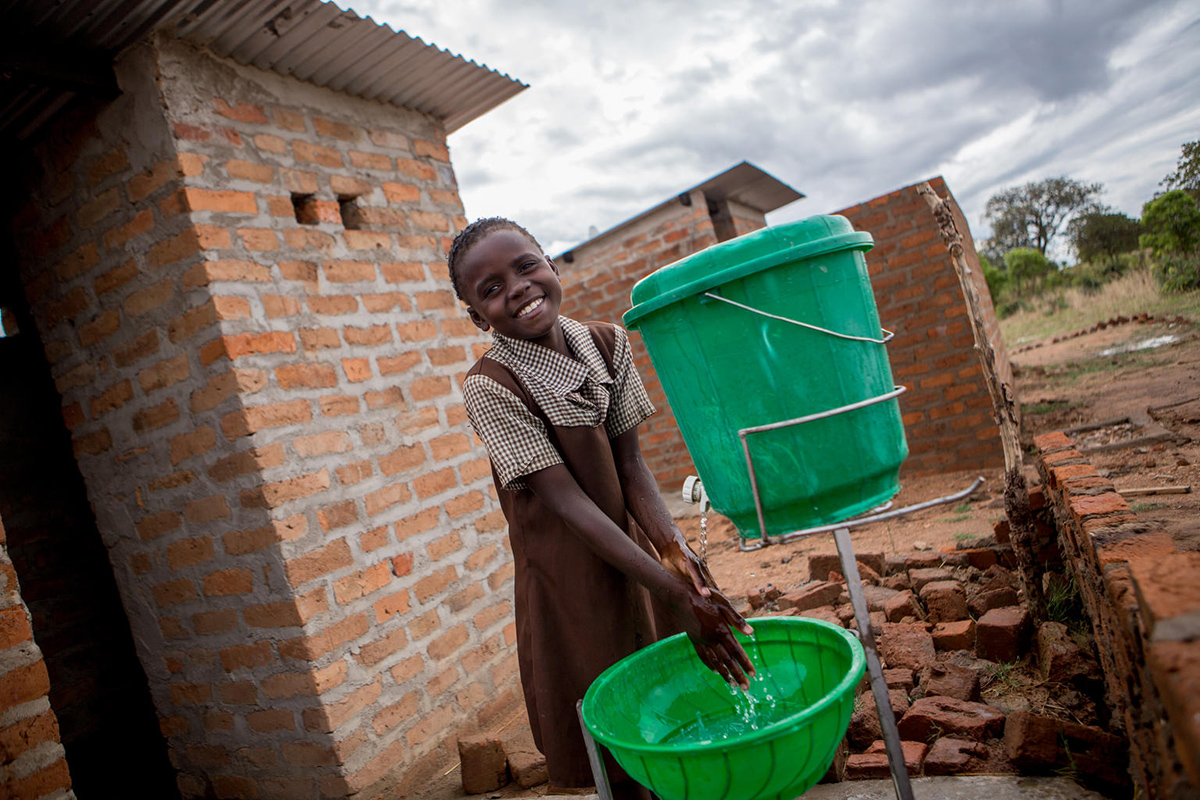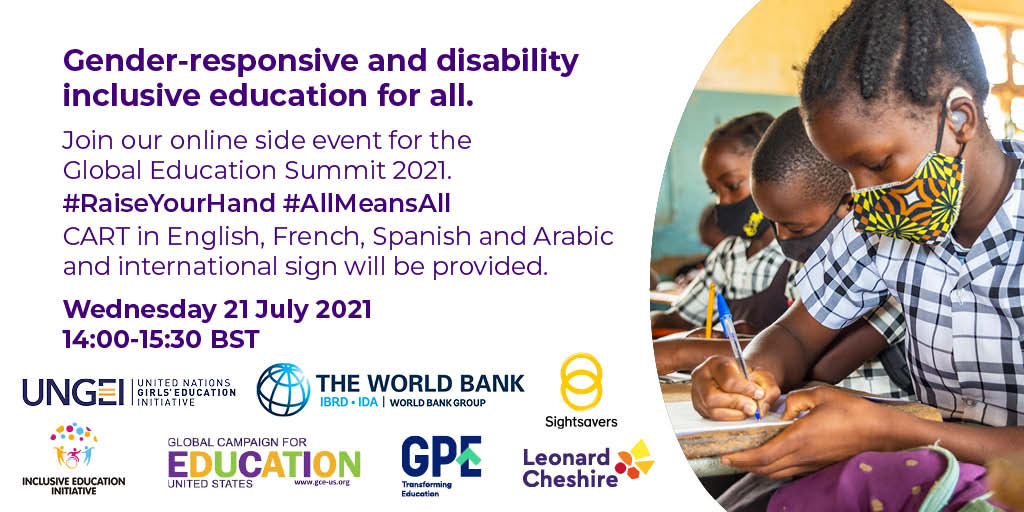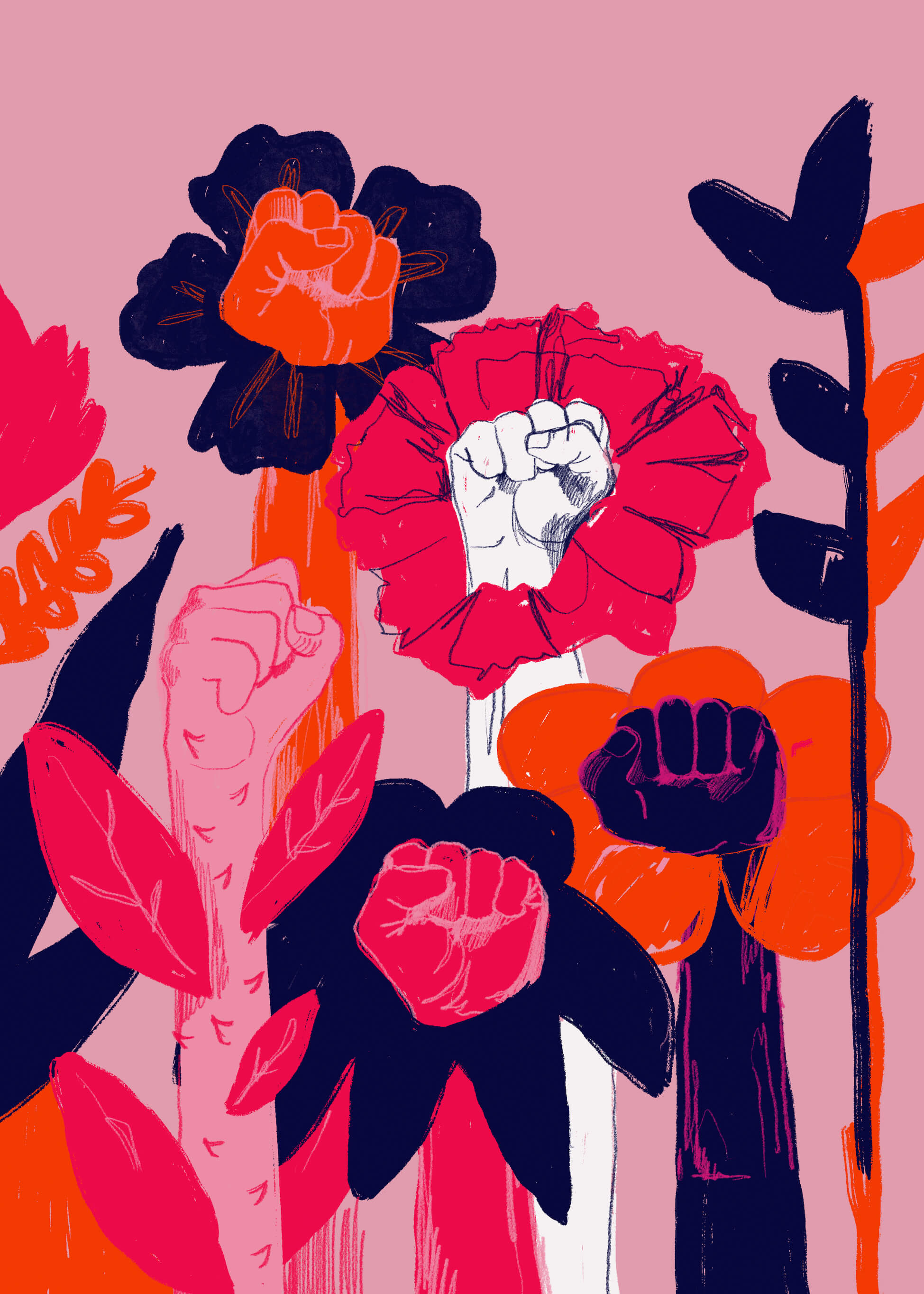As more girls remain in school through primary and into lower secondary school, the global community has begun to expand its focus from achieving gender parity in education (equal proportions of girls and boys in school) to the broader issue of achieving gender equality in education (equality in, to, and through education). This has created a critical opportunity to focus on the barriers and challenges beyond the classroom, such as gender sensitive sanitation — the lack of which may hinder girls’ access to, experience in, and completion of school. Gender sensitive sanitation — including clean, safe and separate toilets, with access to water and garbage disposal — is central to ensuring a gender equitable learning environment that addresses the needs of all students, including adolescent girls.
Across the globe, gender sensitive sanitation in primary and secondary schools is still not the norm. Research across countries such as Tanzania, Kenya, Bolivia, Cambodia, Ethiopia, and India, has documented the lack of separate toilets as well as insufficient information and guidance about how to manage menstruation at school. Lack of attention and access to quality menstrual hygiene management (MHM) in schools can negatively affect adolescent girls’ abilities to concentrate, stand up and respond to questions, write on the blackboard, and feel confident and comfortable attending school on days when they are menstruating. Such experiences are often exacerbated by a lack of emotional support; a lack of adequate menstrual materials (pads, cloth, underwear), including emergency menstrual-related supplies in schools; and a lack of private spaces to rest when they are experiencing significant menstrual cramping. And unfortunately, many of these factors lead to disrupted classroom engagement and some absenteeism among girls.
Sustainable change… requires leadership, policies and investments by those accountable for schools .

In recent years, attention to MHM in schools has grown, with UNICEF and an increasing number of non-governmental organisations (NGOs) making important steps in addressing MHM in schools by installing female-friendly water and sanitation facilities on school grounds and training teachers in MHM to better support students. Sustainable change, however, requires leadership, policies and investments by those accountable for schools — Ministries of Education.
A recent study illustrates that attention to gender sensitive sanitation within Education Sector Plans (ESPs) and policies may take time. While ESPs and education-specific policies in low- and middle-income countries may be becoming more gender responsive, they do not yet include attention to the MHM improvements needed in school environments. Only 2 of the 38 policies analysed in the study included explicit discussions of MHM. And while some policies referenced the barriers posed by inadequate water and sanitation in schools, they did not point to any unique challenges faced by girls. Without a high-level statement endorsing attention to MHM, it is unlikely that government budgets will allow for teacher sensitisation programs, puberty and MHM education, or the provision of emergency menstrual supplies for girls.
The good news is that a small number of governments, including the Philippines, Kenya, South Africa and Zambia, have begun focusing attention on MHM, setting an example for others to follow. Although many of their efforts have generally focused on subsidising the provision of sanitary materials for schoolgirls, some are also making recommendations on improved sanitation facilities and training teachers, while others are developing national MHM guidelines in partnership with key stakeholders. While more evidence is needed on which approaches are the most cost-effective and impactful for improving girls’ education outcomes, such government-led approaches may help to break taboos around openly discussing menstruation, and highlight the unique needs of adolescent girls.
Engaging education sector planners and policy makers to better address the MHM needs of girls and female teachers is a critical and overlooked step to strengthening the ability of governments to achieve their education and gender commitments. However, as our study suggests, competing priorities for limited resources often sends gender sensitive sanitation and MHM priorities into other sectors, much to the detriment of adolescent girls in schools. It is time to seize existing opportunities to ensure MHM is included in national education sector planning. Collaborations like those between the Global Partnership For Education (GPE) and the United Nations Girls’ Education Initiative (UNGEI), and their work to strengthen national capacity for gender responsive education sector planning are a step in the right direction.



 English
English العربية
العربية Български
Български Hrvatski
Hrvatski Čeština
Čeština Dansk
Dansk Nederlands
Nederlands Suomi
Suomi Français
Français Deutsch
Deutsch Ελληνικά
Ελληνικά हिन्दी
हिन्दी Italiano
Italiano Română
Română Русский
Русский Español
Español Maltese
Maltese Zulu
Zulu አማርኛ
አማርኛ